Eagle Lake Carriage Roads
Even before we made it to our “summer home” in Maine, we knew we wanted to get out and explore the Carriage Roads that Acadia National Park is known for. The Carriage Roads were designed and financed by John D. Rockefeller Jr. between 1913 and 1940. The network of carriage roads includes 57 miles of “broken stone” *think fine gravel* roads for use by hikers, bikers, horseback riders, and carriages. Yes, you read that correctly - no motor vehicles. That was John D. Rockefeller, Jr’s main purpose to be able to travel by horse and carriage without encountering a motor vehicles. His design was inspired by the roads his father had created on his private estates in Ohio and New York. While you or I may have liked the sound of building woodland roads to enjoy by foot or bike without the noise and confusion that cars create, it would be quite an expensive endeavor. However, the project was able to come to fruition thanks to the wealth of the Rockefeller family. Forty-five miles of the trails are located within Acadia National Park, while the remaining twelve miles are on private property.
With the history of the Carriage Roads in front of us, we headed to the Eagle Lake access point and decided to experience them first hand. With some light snacks and water packed, we started around the 5.8 mile loop. As we walked, we were impressed by the the creative engineering and design that was used to create these crushed rock paths. It became apparent that it was important to John D. Rockefeller, Jr. that the Carriage Roads jived with the natural setting. While this is a positive thing, there were moments when we would have preferred that the would have reshaped the land to remove all those steep inclines! Okay, okay we’re out of shape! Along with the rolling terrain, they also had to consider Maine’s wet coastal climate in the design. Stone culverts, granite foot bridges, and carved drainage ditches were frequent, but blended in with their natural surroundings.
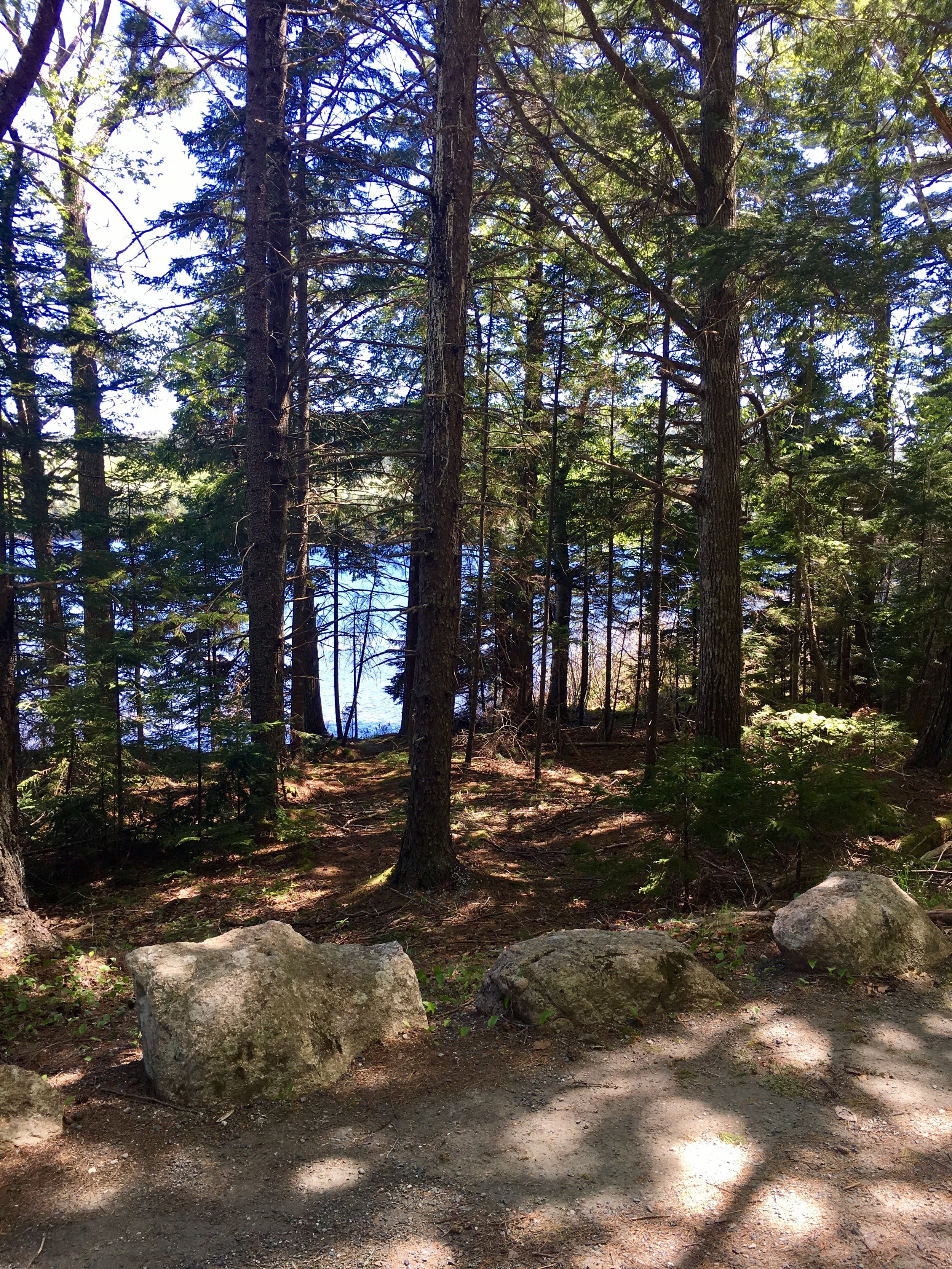
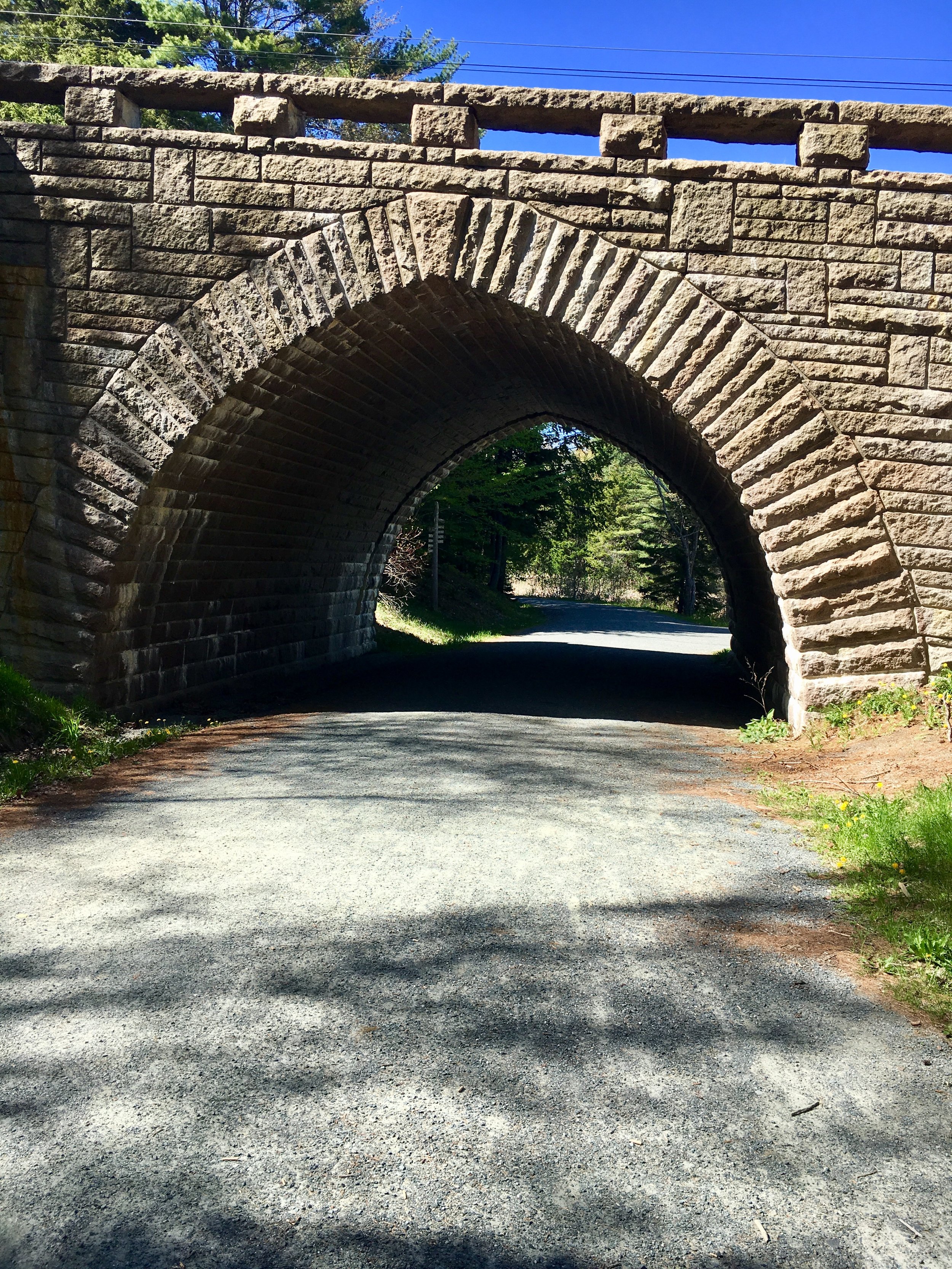
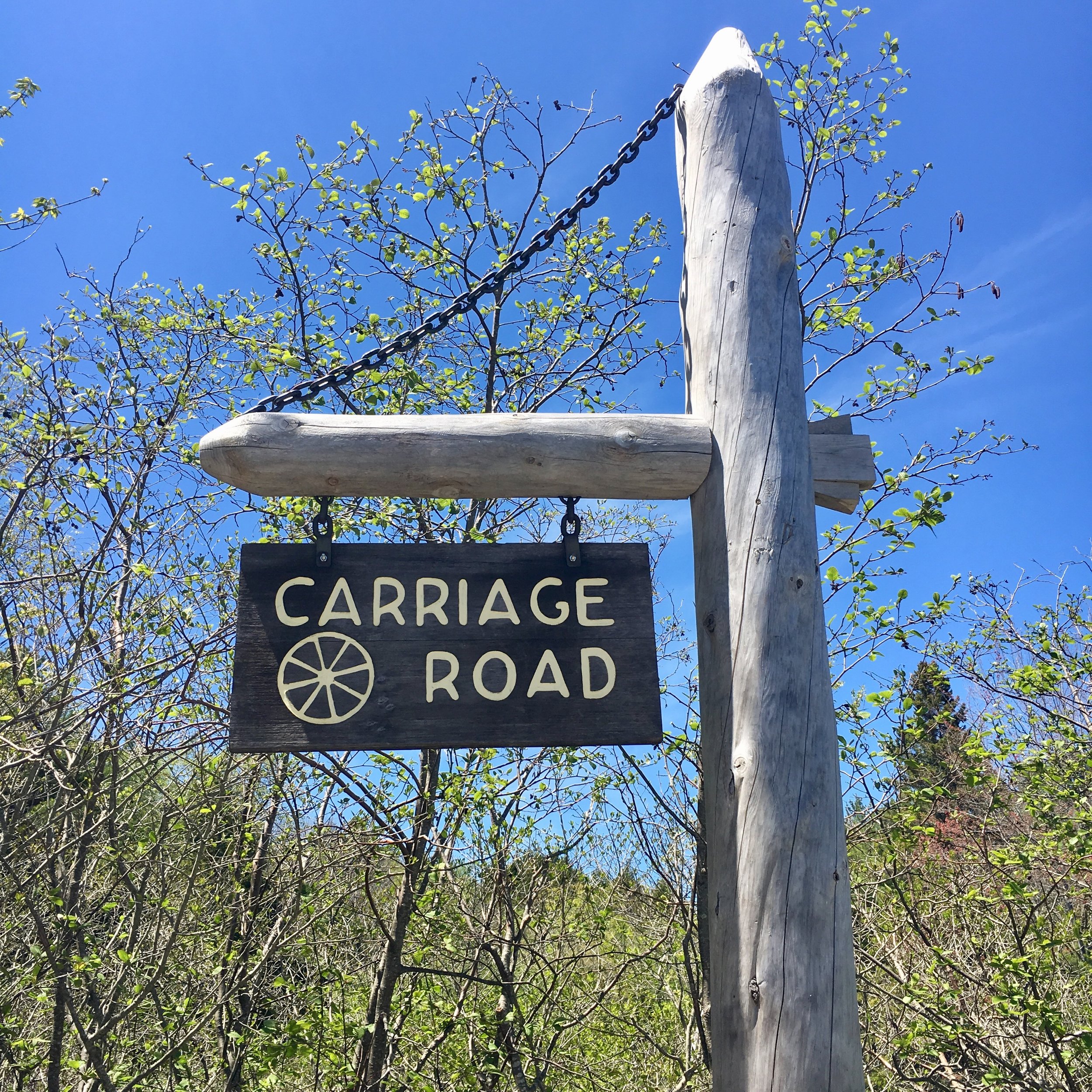
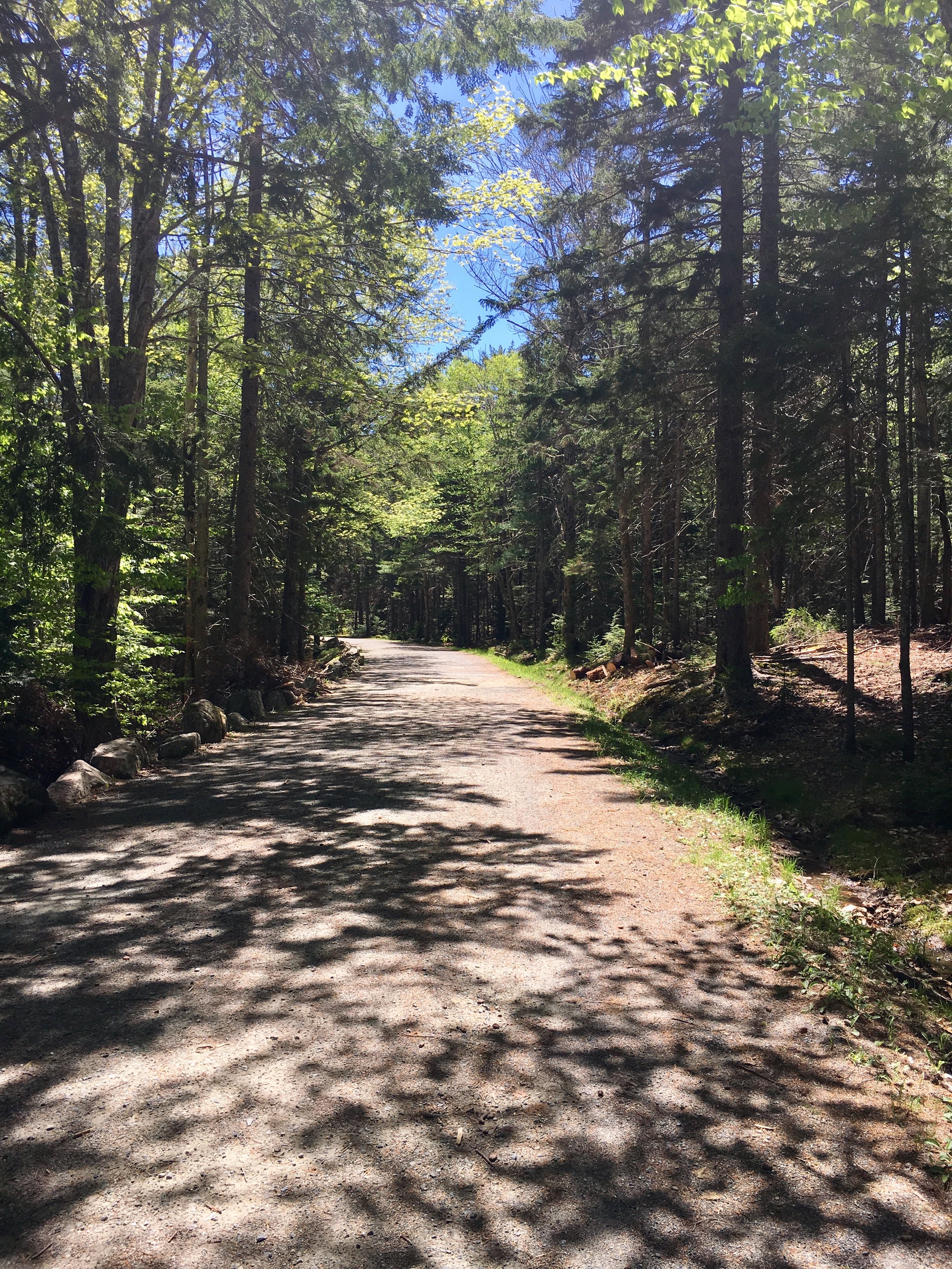
As recommended by the lovely ladies at Acadia Bike & Coastal Kayaking, we chose to walk the Eagle Lake Carriage Road loop in the clock-wise direction. We enjoyed just a casual climb with lovely views of Eagle Lake before disappearing up an incline into the canopy of trees. Shortly after, we descended back toward the pristine waters of Eagle Lake which is the largest fresh water lake in Acadia National Park as well as Mount Desert Island. For over a century, Eagle Lake has served as a source of Bar Harbor’s drinking water. So no need to take your bikinis and speedos along, because swimming is prohibited!

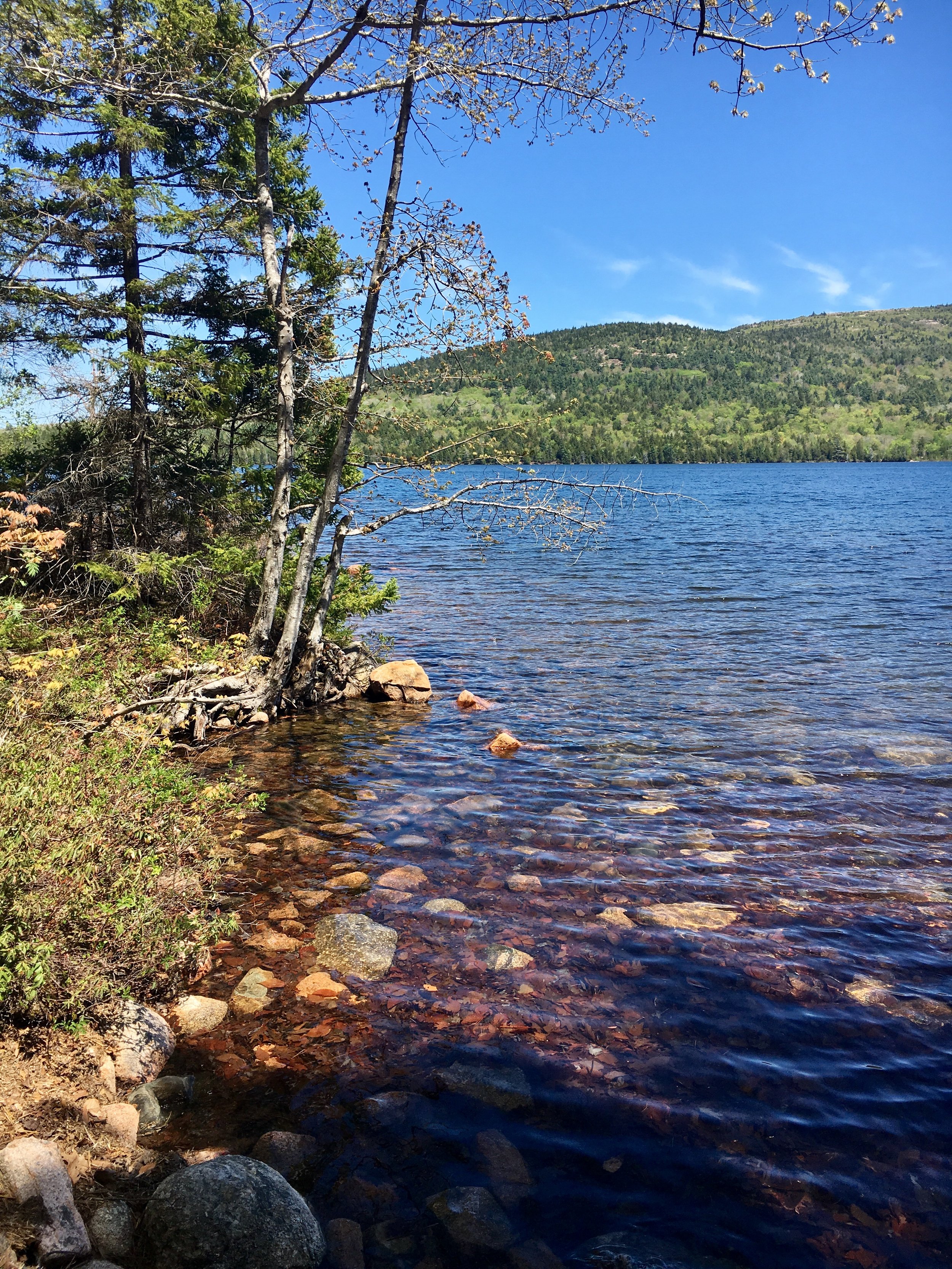



The Carriage Roads are definitely one of the diamonds of Acadia National Park. We are thankful for the Friends of Acadia and National Park Service for continuing to maintain the Carriage Roads. We appreciate that John D. Rockefeller’s dream has been kept alive and enjoyed daily by visitor’s of Acadia National Park.
Carriage Road Progress: 5.8 miles down, 39.2 miles to go






